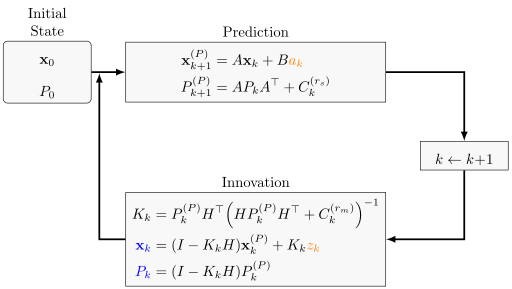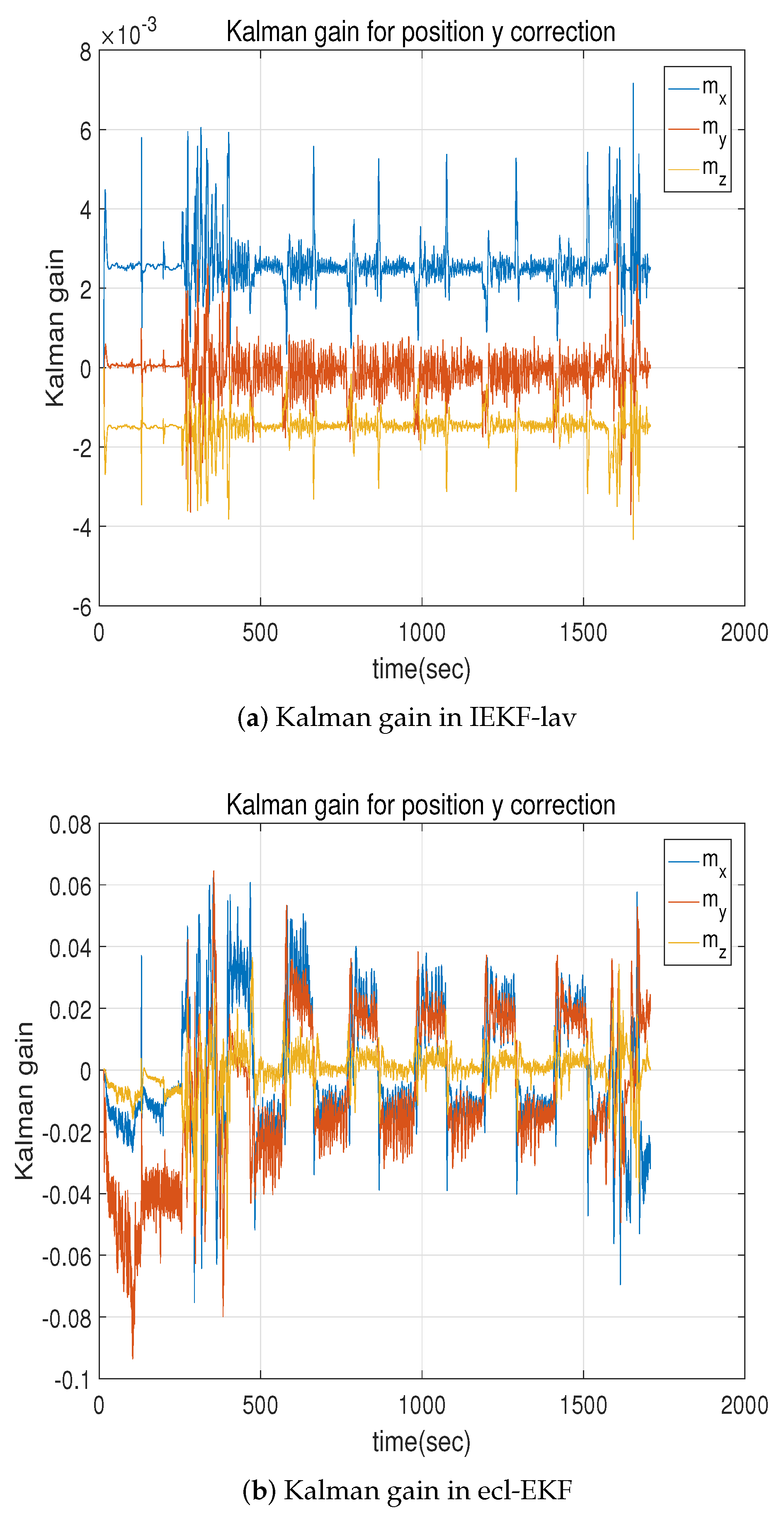


Christian Gerdes., Model Predictive Control for Vehicle Stabilization at the Limits of Handling, IEEE Transactions on Control Systems Technology, Vol. Yue., Simultaneous Observation of Hybrid States for Cyber-Physical Systems:Ī Case Study of Electric Vehicle Powertrain.

Lv, Chen., Liu, Yahui., Hu, Xiaosong., Guo, Hongyan., Cao, Dongpu y Wang, Fei Di Gennaro., Adaptive Integrated Vehicle Control Using Active Front Steering and Rear Torque Vectoring, International Journal of Vehicle Autonomous Systems, Special Issue on: “Autonomous and Semi-Autonomous Control for Safe Driving of Ground Vehicles, Vol. Keywords : Feedback state, lateral velocity, Scilab, yaw velocity.
#Scilab kalman filter software#
The actuators that we will be integrating in this paper, will be the brakes ( ) and Front Active System (AFS), through simulations in the software Scilab.
#Scilab kalman filter iso#
It is proposed that the vehicle performs driving test knowed by the ISO 7401 international standard, thus, to solve this problem we are going to use the feedback-state lineal theory by means of a Lyapunov function, because it is supposed to measure the yaw velocity. In this paper we aim that the lateral velocity follows a drivers´s maneuver or steering wheel sensor, but in the opposite direction. This article shows a classic problem of control theory, which is the design of a feedback law, it has the purpose that the output of any system follows a reference signal asymptotically. Palabra(s) clave: Retroalimentación de estados, Scilab, velocidad lateral, velocidad angular de viraje. Los actuadores que integraremos en este artículo serán los frenos () y el sistema frontal activo (AFS, por sus siglas en inglés), por medio de la simulación del software Scilab. Se propone que el vehículo se encuentra realizando pruebas de manejo conocidas por la norma internacional ISO 7401, por ende el problema de la teoría de regulación lineal vía retroalimentación de estados por medio de una función de Lyapunov es la solución idónea a nuestro problema ya que se supone la medición de la velocidad angular de viraje. En este trabajo, se pretende que la velocidad lateral siga a una maniobra del conductor o sensor del volante, pero en sentido contrario. En este artículo se muestra un problema clásico en la teoría de control, el cual es el diseño de una ley de retroalimentación, teniendo el propósito de que la salida de cualquier sistema siga asintóticamente una señal de referencia.


 0 kommentar(er)
0 kommentar(er)
